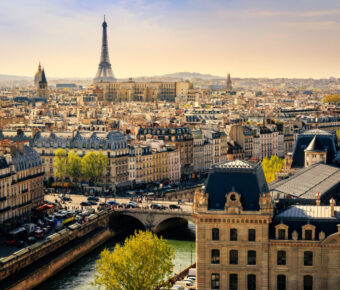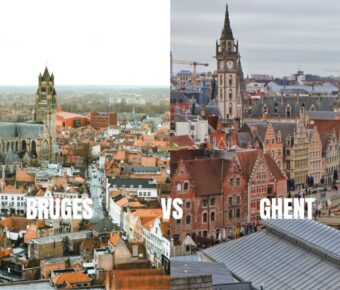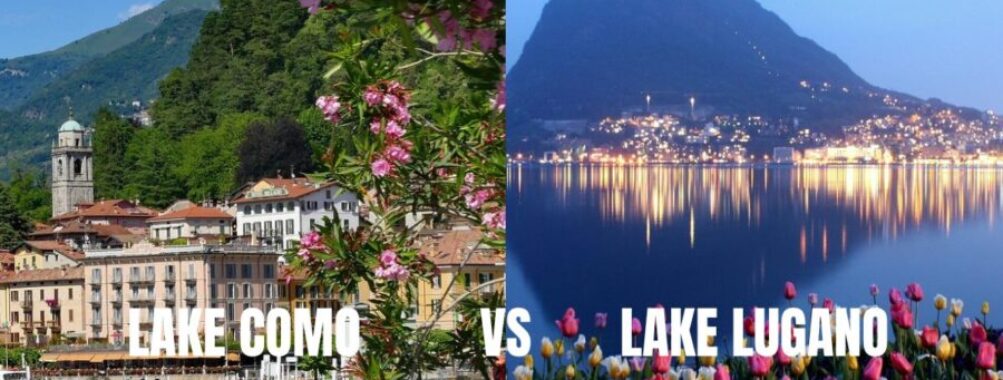
Lake Como vs Lake Lugano: 7 Must-Know Differences for Your Trip
Trying to pick between Lake Como and Lake Lugano? Yeah, it’s tough—both look absolutely dreamy in photos and all over Instagram. But when it comes time to actually plan your trip, you want to know which one really suits your vibe. Lake Como brings the grand villas, iconic towns, and a buzz of energy. Lugano? It’s quieter, more laid-back, and honestly, way easier to get around.
I’ve spent plenty of time at both, and wow, the two couldn’t feel more different. Over in Como, you’re hopping ferries from Bellagio to Varenna, usually surrounded by a crowd of travelers. Lugano lets you slow down, order a coffee right on the water, and soak up that Swiss-Italian mix—minus the big crowds.
Table of Contents
- Key Takeaways
- Geographic Location and Borders
- Lake Como in Northern Italy
- Lake Lugano’s Split Between Italy and Switzerland
- Accessibility from Milan
- Scenic Landscapes and Natural Beauty
- Alpine Surroundings of Lake Como
- Hills and Peaks Around Lake Lugano
- Water Clarity and Colors
- Towns and Villages to Explore
- Como and Its Historic Charm
- Lugano: The Swiss-Italian City
- Bellagio and Menaggio Highlights
- Cultural Experiences and Local Life
- Italian and Swiss Influences
- Languages and Local Accents
- Festivals and Events
- Activities and Things to Do
- Boat Tours and Water Sports
- Hiking and Outdoor Adventures
- Dining and Nightlife
- Travel Logistics and Practicalities
- Currency and Costs
- Transportation Between Lakes
- Best Times to Visit
- Frequently Asked Questions
- What are the key differences in the landscape and scenery between Lake Como and Lake Lugano?
- How do the cultural experiences differ when visiting Lake Como versus Lake Lugano?
- What are the unique attractions to look out for when choosing between a stay at Lake Como or Lake Lugano?
- Can you highlight the differences in accessibility and transportation options for Lake Como and Lake Lugano?
- What are the accommodation options like at Lake Como compared to those available around Lake Lugano?
- Could you provide insights into the best time of year to visit Lake Como or Lake Lugano for optimal weather and tourist traffic?
- Book Your Dream Experience
- More Travel Guides
Key Takeaways
- Each lake has its own unique character and pace
- Both offer beautiful scenery with charming towns to explore
- Practical factors like transport, costs, and crowds shape the experience
Geographic Location and Borders
Lake Como and Lake Lugano both sit at the foot of the Alps, but their borders give each a totally different personality. Como sits entirely in Italy, while Lugano straddles both Switzerland and Italy. That alone changes the whole travel experience, depending on where you end up staying.
Lake Como in Northern Italy
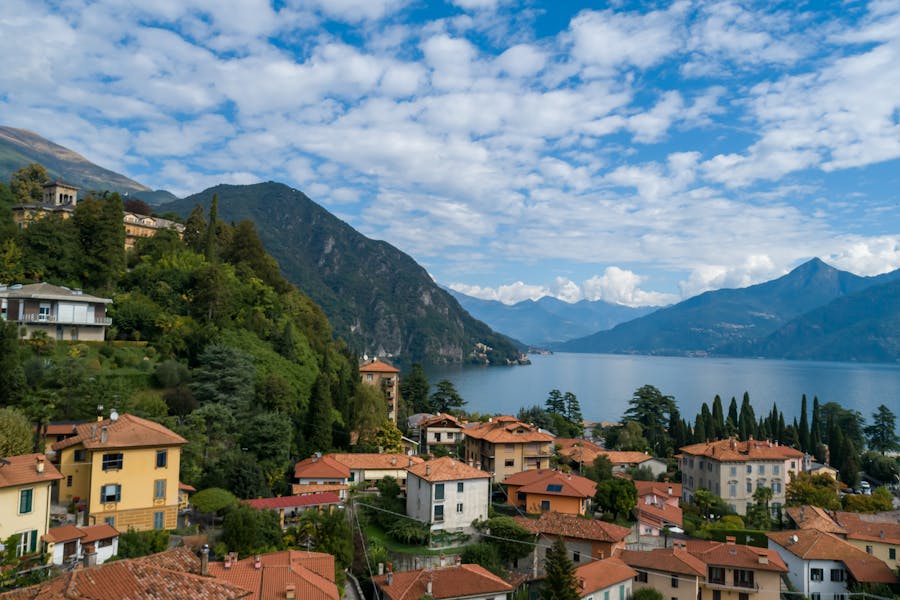
Lake Como is tucked away in Northern Italy, right in Lombardy. Its shape? Think of an upside-down “Y,” with three arms meeting at Bellagio. The lake sprawls over about 145 square kilometers, which makes it much bigger than Lugano.
The Alps frame the whole area, so you get these dramatic mountains shooting straight up from the water. If you roll in by train from Milan, the landscape just suddenly opens up—bam, there’s the lake.
I’ll never forget my first time in Como. I hopped off the train at Varenna and within minutes, I was wandering narrow cobbled lanes that looked like they hadn’t changed in hundreds of years. That’s the magic here—Italy through and through: Italian food, euros, and that relaxed Italian pace.
Como draws in international visitors like crazy. Films, celebrities, and luxury villas have made it a magnet for crowds. But if you’re after that classic Italian lakeside vibe, Como nails it.
Lake Lugano’s Split Between Italy and Switzerland
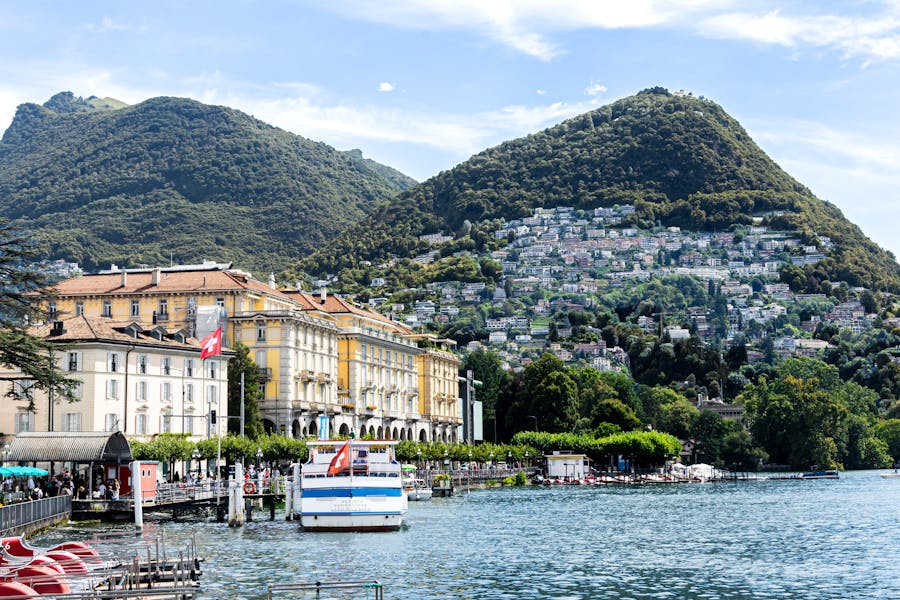
Lake Lugano is smaller—about 66 square kilometers—but its split between Switzerland (40%) and Italy (60%) makes it stand out. The city of Lugano anchors the Swiss side, but you can easily zip over to Italian villages along the shore.
That border gives Lugano a quirky, dual identity. In Lugano, you’ll pay in Swiss francs. Take a short boat ride, and you’re back to euros. Italian is the language everywhere, but on the Swiss side, you’ll catch a Ticinese accent.
I actually loved bouncing between countries in a single afternoon. One minute I’m sipping coffee in Lugano’s Piazza Riforma, and the next I’m in Gandria, a tiny Italian village that feels like time stopped. Where else can you experience two cultures this seamlessly?
Lugano stays more low-key than Como. The scenery is still gorgeous, but with less glitz and more of a local, lived-in feel. There’s a certain mix of Swiss neatness and Italian charm that’s just… different.
Accessibility from Milan
If you’re starting out in Milan, you can reach both lakes by train in under two hours. Getting to Como is super easy—trains run often, and you’ll get from Milan Centrale to Como San Giovanni in about 40 minutes. Perfect for a day trip.
Lugano takes a bit longer, around 1 hour and 15 minutes on a direct train. You’ll cross into Switzerland, but since both countries are in the Schengen zone, there’s usually no passport check. Still, I always keep my ID handy—just in case.
I’ve done both train rides, and honestly, the trip to Lugano feels more scenic. You wind through rolling hills, and suddenly the lake appears with Monte Brè and Monte San Salvatore rising right above it. It’s a killer first impression.
For pure speed, Como wins. But if you don’t mind an extra half-hour, Lugano welcomes you with fewer crowds and a chill vibe. They’re only about an hour apart by car or bus, so you can totally visit both in a single trip.
If you want to geek out more on the geography and surroundings, check out this Lake Lugano vs Lake Como comparison.
Scenic Landscapes and Natural Beauty
Both Lake Como and Lake Lugano sit where mountains meet water, and the vibe changes depending on where you stand. Sometimes you’re staring up at jagged alpine peaks, sometimes at gentler hills. The landscape and light give each lake its own personality.
Alpine Surroundings of Lake Como
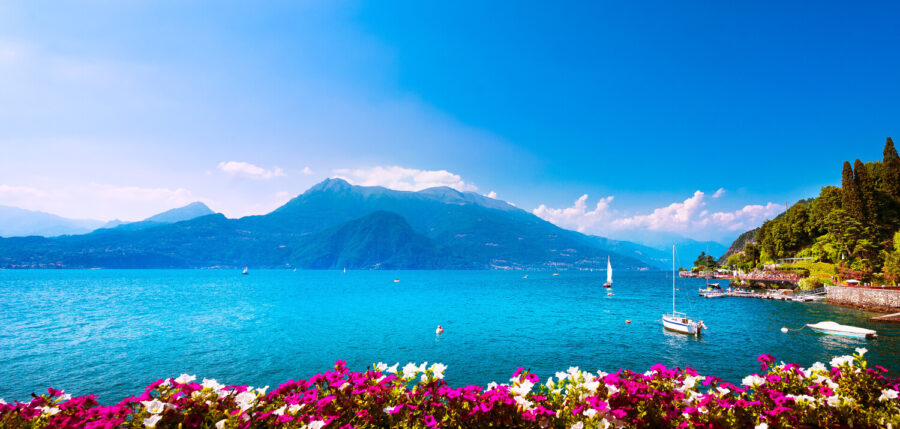
Lake Como just feels grand the second you see it. It’s long and skinny, with mountains dropping almost straight into the water. Grigna and Legnone loom over the towns, sometimes still snowy in spring. Even a simple ferry ride feels straight out of a movie.
When you wander through Varenna or Bellagio, you notice how the streets lean toward the water, always with mountains in the background. The combo of stone villages and wild alpine slopes is just stunning.
I once hiked from Menaggio up into the hills, and within an hour, I was looking down at the lake from above the clouds. That mix of wild peaks and elegant villas? It sticks with you.
Hills and Peaks Around Lake Lugano
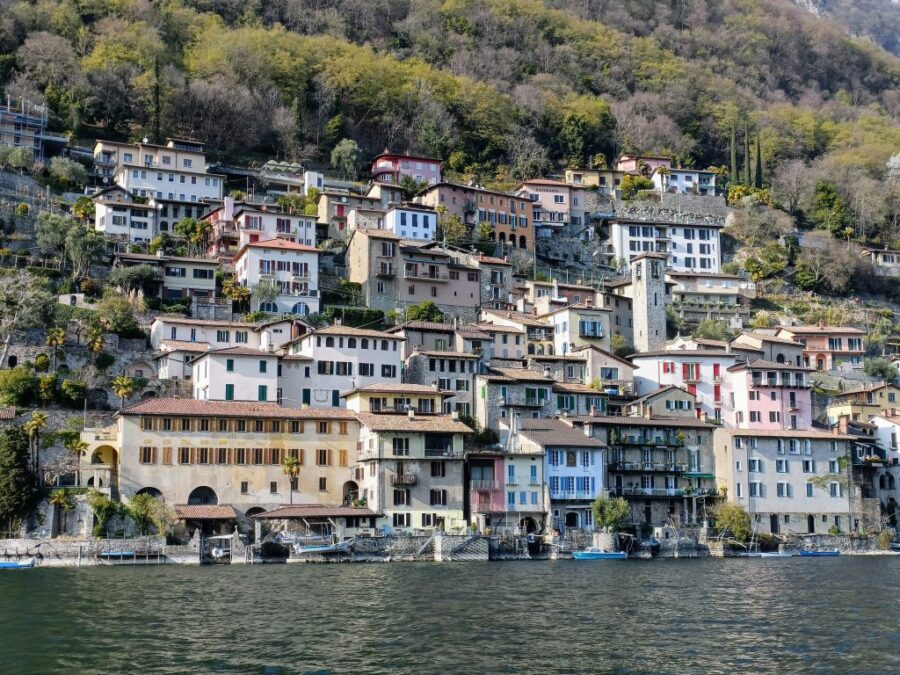
Lugano’s landscape has a different rhythm. Instead of massive alpine walls, you get softer hills mixed with sharp peaks like Monte Brè and Monte San Salvatore. They’re not as tall as Como’s giants, but they rise close to the water, so the views feel right in your face.
You can hop on a funicular in Lugano and, in under 20 minutes, stand at a panoramic lookout. That’s not really something you get at Como. Lugano’s hiking trails are shorter, but you get into forests, meadows, and along ridges where you can see both Switzerland and Italy in one sweep.
The scenery feels more intimate. Villages like Gandria hug the water, almost hidden until you arrive by boat. It’s less about drama, more about cozy, lived-in beauty.
Water Clarity and Colors
The water makes a difference, too. On sunny days, Lake Como glows deep blue, especially when sunlight bounces off the villas and gardens. If it’s cloudy, the lake turns a moody steel gray—honestly, it’s beautiful either way.
Lake Lugano, with its glacial roots, usually looks greener. In summer, it shifts between jade and turquoise, depending on the sun and depth. It’s not always as clear for swimming as Como, but the changing shades are hypnotic.
I’ve noticed that Lugano’s smaller size gives you sharper reflections. On calm mornings, the hills mirror perfectly in the water. Como, being bigger, feels more open and less mirror-like. Both have their charm, just in different ways.
Towns and Villages to Explore
Every lake has its own rhythm, shaped by the towns and villages hugging the shore. Some places buzz with history and culture, others are sleepy, letting you just soak up the view.
Como and Its Historic Charm
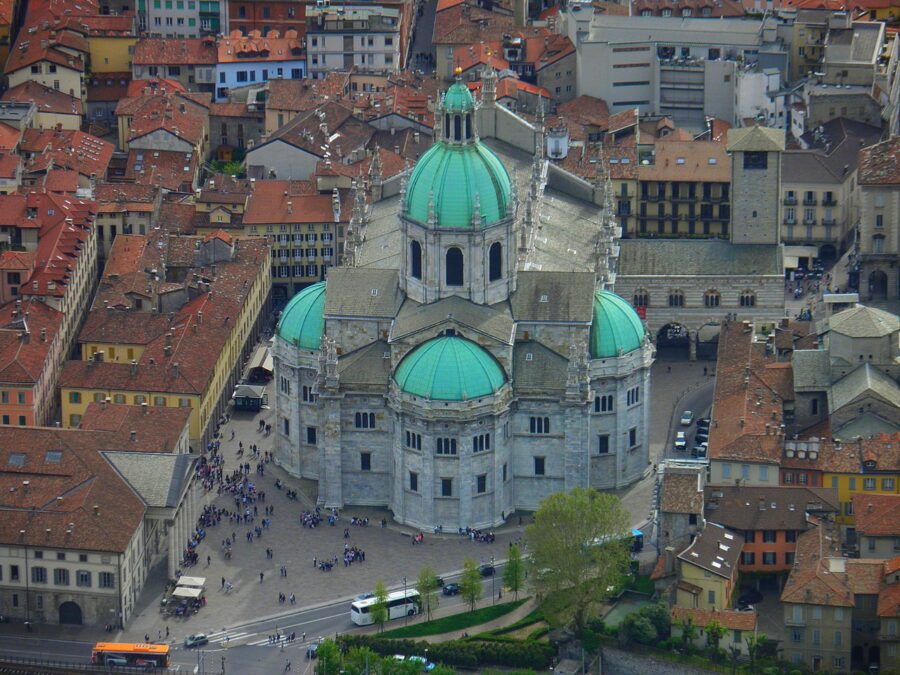
Como feels more like a mini-city than a village. The old town is tight-knit, with cobbled streets winding past cafés, boutiques, and old churches. The Duomo di Como is the crown jewel—whether you’re into architecture or not, it’s worth a stop just to stare at the details.
One of my favorite things? Taking the funicular up to Brunate. It’s a short ride, but the views over the lake and Alps are breathtaking. If you’re up for it, trails from Brunate climb even higher into the hills.
Como works if you’re traveling on a budget. There are more affordable hotels and restaurants here than in the resort towns. Plus, it’s the main transport hub, so catching ferries or trains is a breeze.
Lugano: The Swiss-Italian City
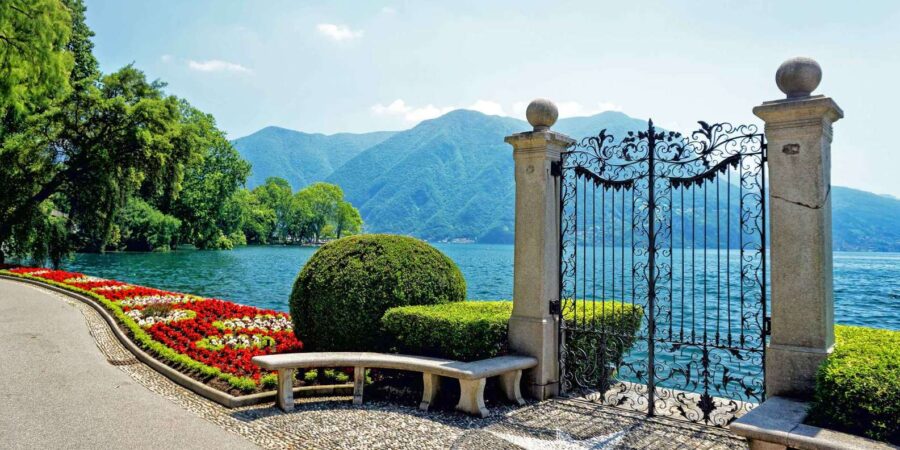
Lugano feels different as soon as you arrive. It’s Switzerland, yes, but you’ll hear Italian everywhere, and the food is a blend of Swiss and Italian flavors. The lakeside promenade is the heart of it—you can stroll for ages, stopping at parks, cafés, even tiny beaches.
The town has a modern edge, with shops and galleries, but you’ll also stumble upon quiet corners. Parco Ciani is my go-to: a lakeside park with flowers and ancient trees, perfect for unwinding after exploring downtown.
From Lugano, ferries take you to villages like Morcote or Gandria—much smaller, way more traditional. The best part? You can mix city buzz with peaceful escapes, all in the same day. And if you’re flying in, keep an eye out for cheap tickets. Lugano sits close to both Milan and Zurich airports.
Bellagio and Menaggio Highlights
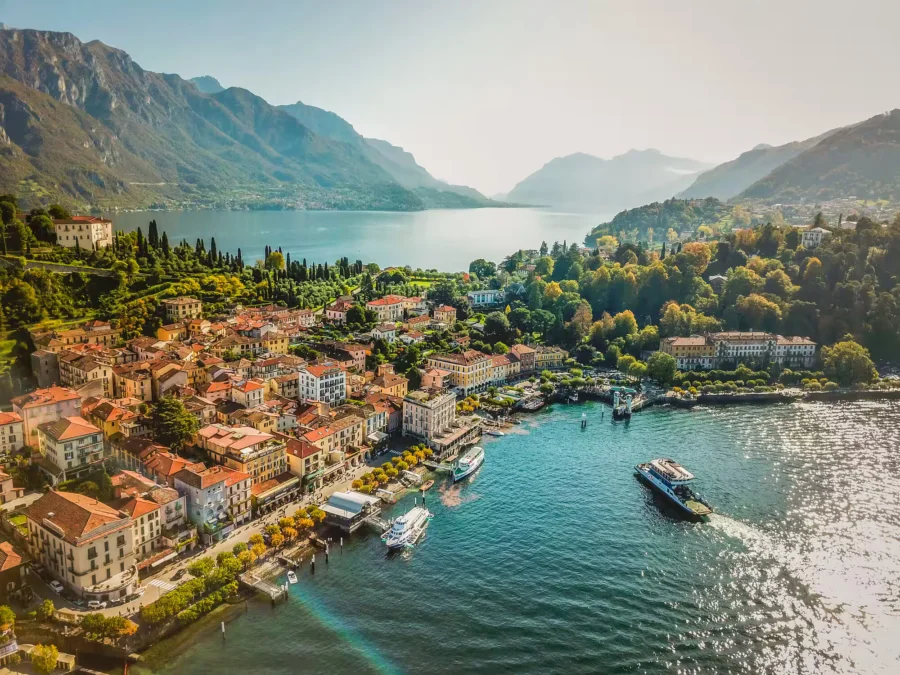
Bellagio, the famed “Pearl of Lake Como,” sits right where the lake splits. It’s famous for a reason. Narrow lanes, shops, trattorias, and the gardens at Villa Melzi—if you like peaceful walks, you’ll love it.
Menaggio, across the water, feels different. It’s less polished than Bellagio, more laid-back, with a long promenade and plenty of small cafés. I once spent a morning just people-watching as kids played soccer in the square. It felt like real, everyday life.
The two towns connect easily by ferry, so you can see both in a day. Bellagio gives you elegance and those iconic lake views. Menaggio keeps it simple and friendly. Even if you’re short on time, seeing both will show you what makes Lake Como tick.
Cultural Experiences and Local Life
Life on Lake Como and Lake Lugano blends Italian passion with Swiss order, and each lake finds its own groove. You’ll notice it in the way people talk, how they celebrate, and the daily pace.
Italian and Swiss Influences
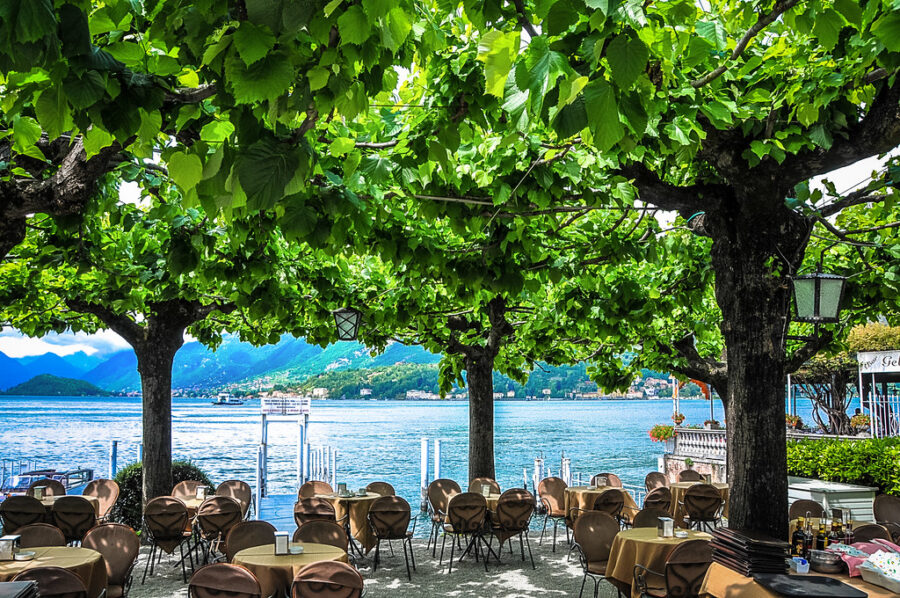
On Lake Como, Italy’s warmth is everywhere—cafés spill onto cobblestone piazzas, neighbors shout greetings across balconies, and family-run trattorias serve recipes passed down for generations. The culture leans hard on tradition, food, and conversation, all at a slower, savor-the-moment pace.
Lake Lugano, though just a short train ride away, feels different. Lugano sits in Switzerland, so you’ll see cleaner streets, punctual buses, and a touch of formality. But it’s not stiff—there are palm trees, lakeside promenades, and a surprisingly laid-back, Mediterranean feel.
I always find the contrast fascinating. One day you’re sipping espresso in Como, soaking up the lively Italian buzz. The next, you’re in Lugano, where everything runs like clockwork but still feels relaxed. It’s like stepping into two worlds, all without leaving the lake region.
Languages and Local Accents
Both lakes speak Italian, but you’ll notice the vibe shifts the second you cross the border. Around Lake Como, folks use standard Italian, but you’ll catch the Lombard dialect sneaking in. Locals love to jump between both, sometimes even in the same sentence. It can throw you off at first, but honestly, that’s part of the fun.
Lugano? Still Italian, just with a Swiss flavor. The Ticinese accent softens everything, and you’ll hear words you won’t find anywhere else. Even food names and greetings get a little twist—kind of like the language equivalent of mixing espresso with chocolate.
If you’re someone who likes picking up local phrases, you’ll spot these differences right away. I remember ordering coffee in Lugano once and getting a gentle correction—no judgment, just a grin. It’s those tiny moments that make you feel like you’ve uncovered a hidden layer of culture, without needing to learn a whole new language.
Festivals and Events
Festivals are where you’ll really get a feel for local life. Towns like Bellagio and Varenna on Lake Como throw food fairs, music nights, and processions that go back centuries. The piazzas buzz late into the night—everyone’s out, and you can’t help but get swept up in it.
Lugano does things a bit differently. Here, you’ll find jazz concerts, film festivals, and art shows that pull in people from all over Europe. The seasonal markets are a treat—picture Swiss precision meeting Italian flair, and you’ve got an idea of what to expect.
I love how the energy changes from one lake to the other. In Como, you’re drawn into these close-knit traditions (peek here), while Lugano’s got a more international cultural mix. If you can swing it, plan your trip around one of these events. It’s honestly the best way to feel like you belong, not just visit.
For a deeper dive into how the regions juggle culture and tourism, check out this comparison of Lake Como and Lake Lugano.
Activities and Things to Do
Both Lake Como and Lake Lugano offer a mix of water adventures, mountain trails, and lively town centers. Whether you’re into lazy boat rides, epic hikes, or just want to eat well and sip wine, you’ll find your thing.
Boat Tours and Water Sports
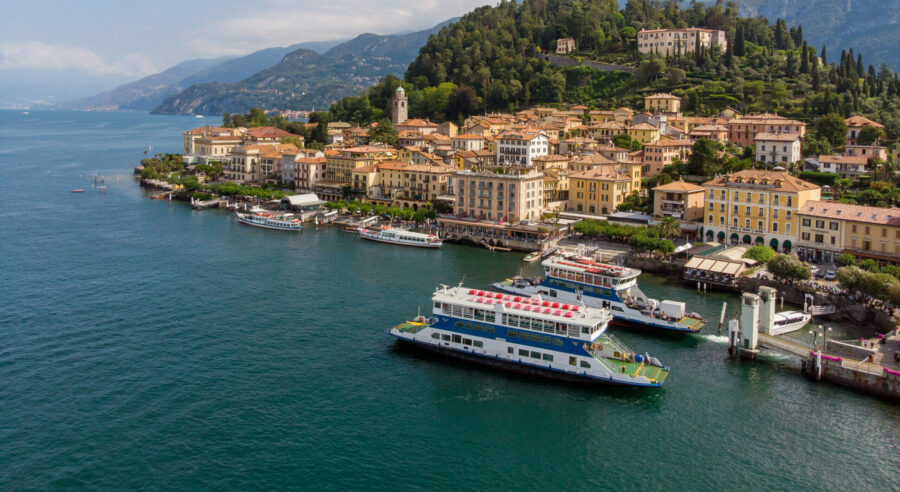
Honestly, you haven’t seen the lakes until you’re on the water. Lake Como’s ferries make it easy to hop between Bellagio and Menaggio—you’ll see the grand villas from a whole new angle. Small group cruises are popular, and if you’re the DIY type, kayaks and paddleboards are everywhere.
Lake Lugano feels sleepier, but don’t let that fool you. Boat rides here are just as gorgeous. You can zip over to Italian villages like Porto Ceresio or just cruise out from Lugano town. Stand-up paddling is big, and the water’s calm enough for beginners.
If you’re a planner, browsing boat tours and day trips ahead of time can save you a ton of hassle. You might stumble onto a route you wouldn’t have found otherwise.
Hiking and Outdoor Adventures
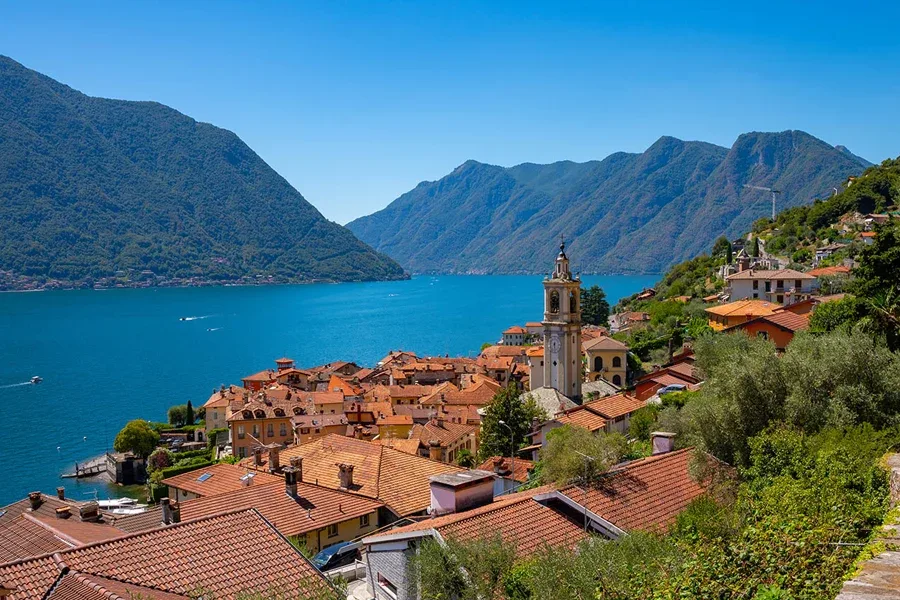
The mountains around both lakes are a dream for hikers, but each spot has its own flavor. Lake Como’s got well-marked trails that snake up to panoramic viewpoints over Varenna and Menaggio. The Greenway del Lago di Como is a crowd-pleaser—easy enough, and you pass through some seriously cute villages.
Lake Lugano’s hikes feel more alpine. Monte Brè and Monte San Salvatore tower right above the water, and the views stretch across Switzerland and Italy. I tackled Monte Brè one roasting afternoon, and those shady forest trails saved me from melting.
If you’re craving adventure, try the via ferrata in Menaggio for a mix of climbing and hiking. Prefer to take it easy? You can always book guided hikes and outdoor tours so you don’t miss any hidden gems.
Dining and Nightlife
Evenings by the lakes? Pure magic. Lake Como’s trattorias serve up risotto with perch, fresh pasta, and local wines. Bellagio’s lakeside restaurants let you watch ferries glide by while you linger over dinner.
Lugano’s food scene blends Swiss and Italian in the best way. You’ll find polenta next to lake fish, and the gelato? Surprisingly legit for Switzerland. I wandered into a tiny grotto-style spot in Lugano once, and before I knew it, I’d spent hours swapping stories with locals over Ticino Merlot.
Lake Como’s nightlife is definitely livelier—Como town in particular stays up late. Lugano winds down earlier, but you’ll find cozy cocktail bars and wine cellars if you know where to look. It all comes down to whether you want a buzz or a chill nightcap.
Travel Logistics and Practicalities
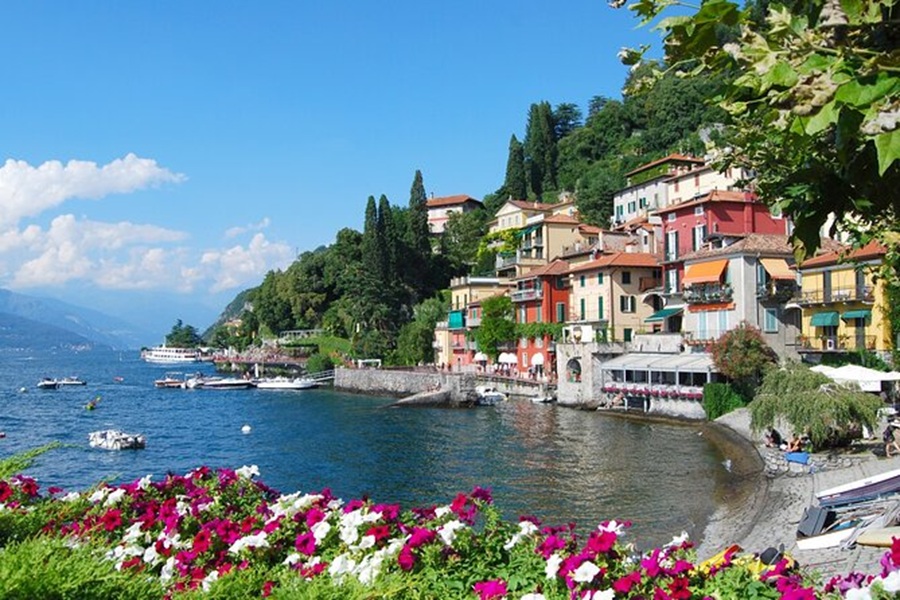
Getting between Lake Como and Lake Lugano is easy, but the details can make or break your trip. Costs, transport options, and timing all play a role in how smooth things go.
Currency and Costs
Lake Como uses the euro, while Lugano runs on Swiss francs. Most places in Lugano won’t take euros, so bring francs or use a no-fee card.
Prices in Lugano? Noticeably higher. That pasta you snagged for €12 in Menaggio might hit 20 CHF in Lugano. Hotels follow the same pattern—Switzerland just costs more, no way around it.
If you’re staying overnight, book ahead. Both lakes have everything from lakeside apartments to boutique hotels, and Booking.com is a lifesaver.
Little things add up fast in Lugano—snacks, coffee, even bus tickets. I always pack a few basics, and if you’re like me, checking out travel gear before you go can save you from overpriced surprises.
Transportation Between Lakes
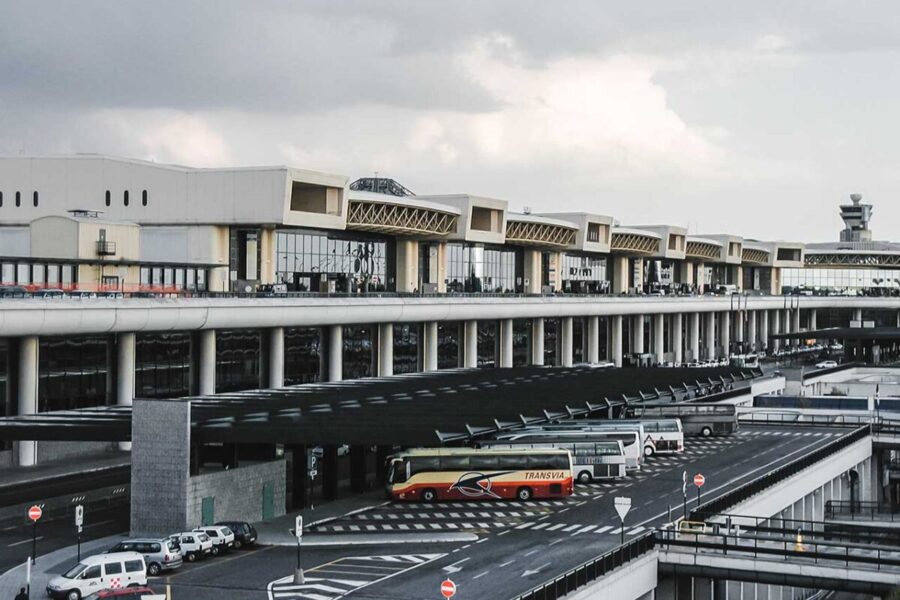
You don’t really need a car to get between Lake Como and Lake Lugano. Trains and buses are usually simpler. From Menaggio, hop on a bus and you’ll be in Lugano in about an hour—plus, the lake views along the way are unreal.
Starting from Como town? There’s a direct train to Lugano, about 40 minutes. Super easy. Milan’s Malpensa Airport connects straight to Como, so it’s a convenient jumping-off point.
I’ve done the ferry-to-bus route: Varenna to Menaggio, then on to Lugano. It’s honestly one of my favorite ways to travel. You get a taste of both lakes in a single day, and there’s no need to rush. If you’re juggling flights and connections, checking Kayak can help you line everything up.
Best Times to Visit
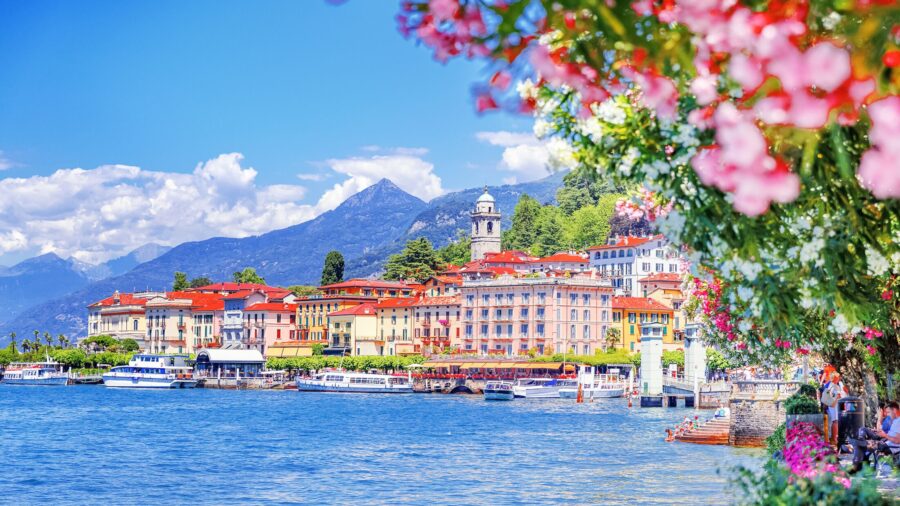
Timing really changes the whole experience. Summer brings warmth and energy, but crowds too—especially in Bellagio and Lugano’s center. If you want quieter streets and easier hotel bookings, shoot for late spring (May–June) or early autumn (September).
Winter is a different beast. Lake Como slows way down, with lots of hotels and restaurants closing up. Lugano, being bigger, stays awake year-round, though it’s not exactly buzzing with tourists.
I’m partial to September. The lake’s still warm enough for a swim, ferries run on full schedules, and the air turns crisp but not cold. If you’re into hiking or boat tours, this shoulder season is the sweet spot.
If you’re the type who likes to have every detail sorted, check out package deals on Expedia to compare both regions before you book.
Frequently Asked Questions
Lake Como and Lake Lugano might look close on a map, but they each have a totally different feel. From the views and culture to how you actually get there, these lakes offer distinct experiences that can really shape your trip.
What are the key differences in the landscape and scenery between Lake Como and Lake Lugano?
Lake Como’s bigger and way more dramatic—steep mountains plunge right into the water, and the villages cling to the hillsides. It’s those classic postcard views you’ve seen everywhere.
Lake Lugano is cozier, kind of tucked away. The mountains crowd closer, it’s quieter, and you can hit hiking trails almost instantly. I found it easier to slip into nature around Lugano, no car needed.
How do the cultural experiences differ when visiting Lake Como versus Lake Lugano?
Lake Como is all about Italian life—food, wine, lively piazzas, and historic villas. Italian fills the air, and the pace just feels Mediterranean.
Lugano, though everyone speaks Italian, has that unmistakable Swiss order. Streets stay spotless, public transport never misses a beat, and yes, your wallet feels the difference. It’s a quirky combo: you’ll eat pasta for lunch, then pay for your coffee in Swiss francs.
What are the unique attractions to look out for when choosing between a stay at Lake Como or Lake Lugano?
Lake Como’s villas steal the show. Villa del Balbianello and Villa Carlotta are worth every cent—gardens, views, the whole package. Bellagio’s charm is real, even if it gets crowded.
Lake Lugano’s got its own thing going. Monte Brè gives you killer views, Parco Ciani is perfect for lakeside strolls, and Swissminiatur in Melide is a blast if you’ve got kids in tow. It’s a little rougher around the edges than Como, but I mean that in the best way.
Can you highlight the differences in accessibility and transportation options for Lake Como and Lake Lugano?
Flying into Milan? Lake Como’s your easiest bet. Trains from Milan to Como take less than an hour, and from there, ferries get you anywhere.
Lugano works better if you’re coming from Zurich or Basel—direct trains make it a breeze, and Milan’s airports aren’t far either. The Gotthard Panorama Express is a wild ride if you want the journey to be part of the adventure.
What are the accommodation options like at Lake Como compared to those available around Lake Lugano?
Lake Como gives you everything—from luxury hotels in Bellagio to cozy family-run inns in Varenna. There are more resorts too, with pools and those unbeatable lake views.
Lugano’s got fewer options, and they’ll cost you more (blame Switzerland). Still, you can find guesthouses in quieter towns like Morcote, which, if you ask me, beat the busy city hotels any day.
Could you provide insights into the best time of year to visit Lake Como or Lake Lugano for optimal weather and tourist traffic?
Honestly, Lake Como feels magical in late spring or early fall. You’ll catch warm days, ferries gliding across the water, and—thankfully—not too many crowds.
Summer? Sure, it’s gorgeous, but you’ll probably find yourself elbow-to-elbow with other tourists. Prices jump, and those ferries get packed fast.
Lugano’s a bit of a hidden gem, even in July and August. Most people don’t realize it stays calmer.
But here’s the thing: since it’s a glacial lake, the water’s always pretty brisk. Swimming season doesn’t last long, so don’t expect balmy dips in September.
If you’re into hiking and want to skip the heat, I’d say May or September is your sweet spot.
